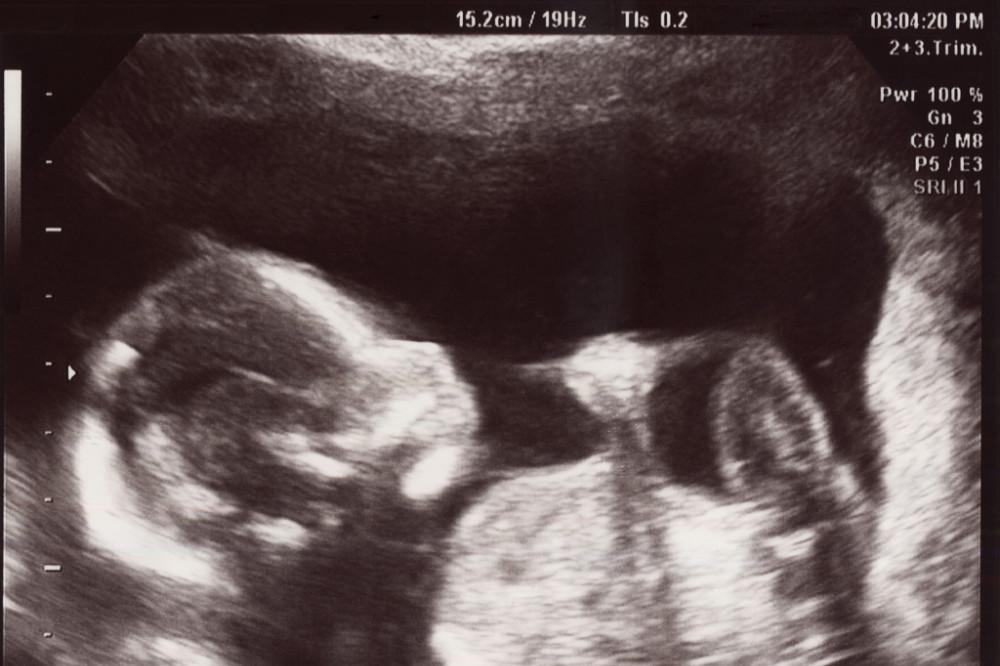What is a congenital pulmonary cystic adenoma
Fetal lung development is one of the decisive factors for survival after birth, congenital pulmonary cysticadenoma is due to the overgrowth of the fetal terminal bronchi, the formation of lesions with obvious boundaries within the lung parenchyma, accounting for about 25% of congenital lung lesions. There are three common types of congenital pulmonary cystic adenomas:
1. Large vesicles, lesions like a bunch of grapes, some even larger than grapes;
2. There is also a sponge-like one with small eyes;
3. There is also a mixture of lesions between the above two.

The site of growth of a lung cystic adenoma can be either a single lung or a two-lobed lung, depending on the size of the disease. Objectively speaking, pulmonary cystic adenoma is a benign tumor, but it is worth noting that once a pulmonary cystic adenoma is found, it must be dynamically observed to make sure that its growth rate is the same as that of the fetus's lungs and the growth rate of the body. Or is it faster or slower? Because we prefer it to grow slowly or even not grow, then, when the baby is born, it will be more conducive to treatment.
But often backfire, in many cases it will develop, we are most afraid of its development rate is greater than the development rate of the fetus, this time the problem is very tricky, because the lung lobes are divided into left two right three, once the adenoma occupies a lobe of the lung, it is necessary to remove the lobe lung, but because it is in the process of growth, it will be because of cystic tumor compression, resulting in the next lobe of lung not developing, it will bring great risk to the baby after birth in the future, only a very small part of the lobe has a great impact on our maintenance of normal respiratory function.
Therefore, emphasizing prenatal dynamic observation and grasping the extent of its impact on good lungs in time also has some ratios and preliminary judgments for the final treatment. If the adenoma develops very quickly and occupies the entire chest cavity in a very short period of time, even if the operation is done later, it will have a great impact on the growth and development of the child, and it is generally recommended that the pregnant woman terminate the pregnancy.
The best time to treat congenital pulmonary cystic adenoma
For newborns, the treatment of congenital pulmonary cystic adenoma is the first choice of thoracoscopic minimally invasive surgery, the operation time is generally selected 3-6 months after birth, but specific to each baby, or according to the specific situation, rather than saying that there is a commonality. Last week there was a special case in the outpatient clinic, the baby found the pulmonary cyst adenoma when he was 3 months old, but the parents were reluctant to do surgery, and now they are one and a half years old to consider treatment, fortunately, the tumor has not grown, if the tumor has been growing or spreading with the baby's development, delaying the best surgical time will make the lesion become more, then the lung tissue removed by surgery will also be on the child, which has a great impact on the child.
There is also a problem, pulmonary cystic adenoma in the process of growth, will be complicated by lung infection, once the pneumonia will be difficult to treat, because there is a continuous source of infection in the lungs, after repeated infection, the relationship between the tumor and normal tissues is not very clear, so that the scope of surgical removal of the lesion will be further increased, if for this reason to cut the lungs more, it is not worth the loss. I have also encountered children who are six or seven years old when they come, and both lungs are full of tumors, and there is no way but to do lung transplantation, which is a lifelong regret for children and parents.
Finally, I would like to appeal to everyone here that if you find a problem, you must follow up the hospital regularly, dynamically observe, and once you find a problem, you can adapt to it and take the necessary measures, which is more appropriate.